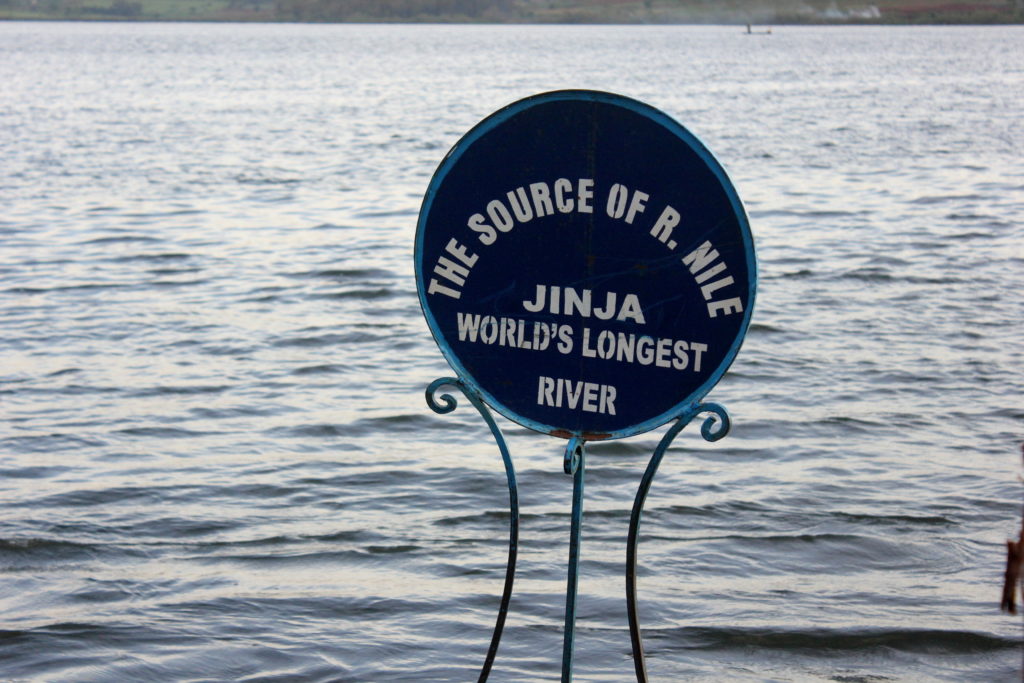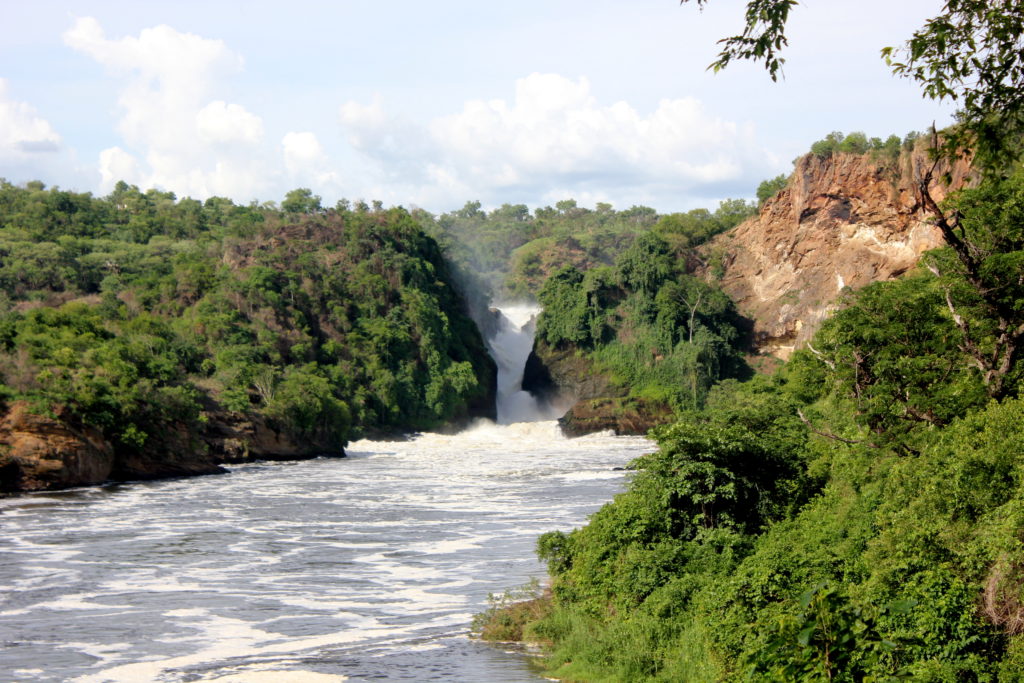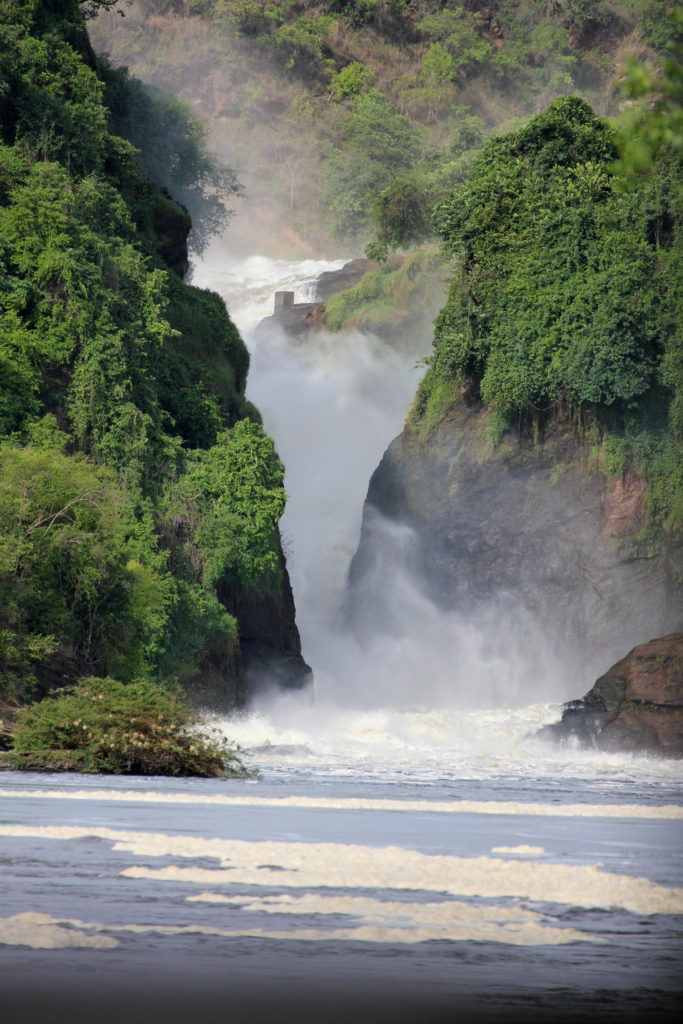If you are familiar with the Everest mountains, the Mariana and the Bently sub glacial trenches, then the magnificent epithet Nile river in Africa remains the only accolade outside your grasp.!! All the above are natural landforms whose measurements are excellently denoted with over thousands of miles, something that has made their profiles a topic for centuries. The Nile boasts greatly in terms of length, achieving the status of the longest snake-like structure for many years. This makes it a remarkable piece of adventure that has satisfied over millions of eyes and rewarded with utmost euphoria all those who sign up to navigate the minefield of fame that decorates the Nile. Such experiences have left many speechless and breathless and yet wanting more! This mother of many has for so long inspired a series of debates about whether or not is it the longest. Many of such debates have failed to find balance, but usually, when the dust settles, all agree that it is the longest tree-like watery structure in the world!!
The Nile is indeed one of the most famous rivers in the world, so much the more that the storied pages glow with its name!! Located in Africa, it flows through 11 countries, including Kenya, Congo, Sudan, Uganda, and Egypt, before it eventually drains into the continent’s largest sea, the Mediterranean. This grand feature is not only defined by geographical location, but by memories that only you and those who experience them with you can access!! This is possibly due to its uniqueness, magnificence as well as the rewarding spectacular views that offer a brilliant and razor-sharp experience.
The river received its name from the Greek word Neilos, which means a valley or river valley, something which probably corresponded to its depth. The Ancient Egyptians simply named the river “Ar or Aur” which means “black or Rivers of life” and it’s because of this that the surrounding areas were awarded with the title black land. The gliding and meandering liquid container, curving up and down Northwards had been so named because of the annual flood that would leave black sediment along the river banks. Further away from the river was the Red Land, a region of inhospitable desert, through which the northern section of the river flows, providing fertility and a source of water. Countries like Egypt have notedly relied on the Nile since ancient times, with most of their population living along the riverbanks or nearby, lest they of hunger instantly die.
The major cities that are crossed by the edge of the Nile include; Cairo, Thebes/Luxor, Khartoum, Gondokoro, Aswan, Karnak and Jinja. It is in some of the cities listed above that the two branches of the Nile, namely Blue and White, stream from.
The source of the Nile river.

Piercing the soils of central and northern Uganda upwards, the Nile has mastered the art of flow for over thousands of years. However, it draws its strength of flow from another tale of diamond that’s almost equally celebrated, and that is Lake Victoria. At the source of the Nile river, the waters in some areas are clear rather than profound and in others wavy and churning.
The river flow attracts many species of twittering birds that shelter under the colorfully gifted trees, something which offers a stunning view of vibrant life. It is these two-winged creatures, as well as the churning action of the waters that produce melodious tunes that put many into a thrill of total relaxation that is altogether decorated with a mind-blowing cantata. The combination of the mellifluous vocals and the placid melody of wavy waters is one of the factors that maintain the Nile’s purlieus at a premium, making it a scene to surely linger upon!! The air freshness in the area is synonymous with perfection, making breathing a telltale sign.
The structure of the Nile river.
The Nile runs 6,695km long before it reaches the Mediterranean. Across its length, the ecoregion is diversified with two main parts viz; the white and Blue Nile. The Blue and the White Nile are the two tributaries of the river with the latter more elaborate with length than the former. The White Nile originates in East Africa whereas the the Blue Nile originates in Ethiopia. These two tree-like branches join at Khartoum (the capital city of Sudan) with the Blue joining the White, thus acting as the stem in the tree system. After the two become one, they then convey the liquid flow to the North through Egypt, and finally to the Mediterranean Sea. The White Nile derives its water from the continuous feed by the 3rd largest water reservoir in the world, Lake Victoria and was so named as a result of its milky, silt-filled appearance. The Blue Nile flows from the Sakala Springs above Lake Tana in Ethiopia and contributes to more than 50% of the river’s flow. It is observed that the volume of the Blue Nile increases tremendously in the monsoon season, from July to September. Estimates indicate that the White Nile is 5.6mi deep which makes it shallower than the Bahr el Arab rift, but quite deeper than its fellow brother, the Blue which is 3.1-5.6mi deep.
Rich in numbers, diverse in species!!
Along the Nile River Delta, there stands clear cut against the sky a diversity of species of animals, including turtles, baboons, wildebeest, ibis, frogs, mangooses, tortoises, wildebeests and more than 300 species of birds that include the fishing eagle and the Nile Valley Sunbird.
Many parts of the Niles banks, most especially the southern stretches are teeming with Crocodiles, whose type is the largest in Africa. Apart from their large size, these averagely 4m long predators are also credited for being one of the most dangerous species of crocodiles, responsible for deaths of many people each year with estimates reaching 200. They really attack humans, which they don’t want to get close to them. Therefore, on the premises of proposed adventure to discover what lies beneath the waters, caution out to be taken as nothing less than calamity may happen, while generally causing one to suffer a major reversal of fortune. At one time, these aggressive reptiles could be found all the way up to the Nile Delta, but currently, their habitat has shrunk over the years. Other must-note reptiles found within the Nile include three species of monitor lizards and 30 species of snakes, more than half of which are venomous.
The vast water source is also decorated with a high variety of fish. Notable among those found in the lower Nile system are the Nile perch (which may attain a weight of more than 80 kilograms (175 pounds)), the bolti, the barbel, several species of catfish, the elephant-snout fish, the tigerfish or water leopard, lungfish and eel.
The hippos, once common throughout the Nile system, are now found only in the Al-Sudd region and to the south. The eagles, ibis and the Nile Valley Sunbird are mostly found along areas around Lake Nasser.
Activities done on the Nile.
Exploring the Nile is a pragmatic experience that every adventurer seeks to perform, as soon as opportunity knocks. It kicks off with some people in morbid out crying fear and anticipation, before it inspires extreme fandom at its best, almost a cult-like zeal to explore the river. This is due to the experience that keeps unlocking the doors of happiness as more activities are happening. In this case, one just takes the blinders off and looks at the myriad of opportunities at the table, to examine the natural water reservoir.
Of recent, Hollywood was spotted at the wildwaters lodge, a phenomenon that stands grandly along the Nile, acting as home to those that have the River Nile exploration on their must-to-do list. Noted among Hollywood was Chicago PD Actress – Sophia Bush who was joined by Connie Britton – American actress, singer and producer who was been appointed by the UNDP as a Goodwill Ambassador. Another die hard adventurer and film actor was Lupita Nyong’o who was in Uganda for the filming of Disney’s Queen of Katwe. And if you have heard of The Simpsons or Dawn of the Dinosaurs then this name will be familiar. Mike Reiss a producer and writer, known for The Simpsons (1989), The Simpsons Movie (2007) and Ice Age: Dawn of the Dinosaurs (2009) and together with his lovely wife also headed down for the task, something which was described as epic and grandeur.
Among the activities that one would definitely take part in is rafting. In Uganda, majorly conducted by operators called raft Uganda and ADRIFT, over 58,000 people have safely navigated the Nile, gaining off-beat joy and happiness. Some of the noted include Prince William, Ginger Spice, Mikka Hakkanen, Ewan McGregor and Charlie Boorman.
The rafting is of different categories that include; whitewater rafting, grade 3 rafting and family rafting, all of which vary in the price.
Another activity conducted on the Nile water kayaking. This also exists in categories that vary from either half-day, full-day or a kayak cruise. Fishing, bungee jumpimg and a stand up paddle tour are not exceptions.
The beauty of the millennium; the falls along the Nile river
with no doubt, falls have continually surfaced among the most tourist destinations for over centuries. This evident affinity to view their appealing beauty and view it is what compellingly makes them a dignified feature of a millennium. In a similar scale, the Nile river is not spared. It is also punctuated by various waterfalls, something which has kept its name of many peoples’ lips for years. The existence of the falls is a denominator that underlines the unity between industrialists that seek to construct dams over, the conservationists that have an epic tale of romance with nature and the tourists that acquire eye candy through thorough visitations to such places.
Examples of such falls along the Nile include the World’s most powerful waterfall; Past Karuma Falls the river continues to flow through Murchison Falls National Park and just before it enters Lake Albert, the river goes over a series of rapids and then is squeezed through a 23 ft slot in a 30 ft wide gorge and immediately plummets 140 ft over beautiful Murchison Falls that occupy the White part of Nile in Uganda.
Others include the Blue Nile falls; 18 miles after leaving lake Tana, the Blue Nile tumbles some 150 lovely feet over the Blue Nile Falls also known as Tis Issat or “smoking water” in the local Amharic language. The Blue Nile Falls or Tis Issat is spread out over as much as 1,300 feet.
Others include; the Rippon falls, the Owen falls.
Since the Nile is in Africa, it passes through countries some of which are possess a semi-arid climate since they are located within the desert. One is therefore encouraged to carry as much water as possible, light clothes since the place is warm and hot and possibly a hat. The good news is that the ecoregion can visited throughout the year.




